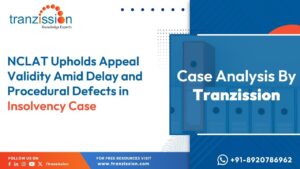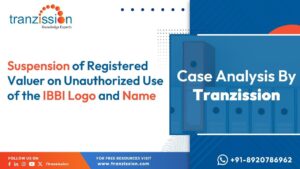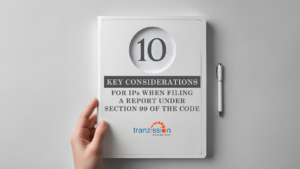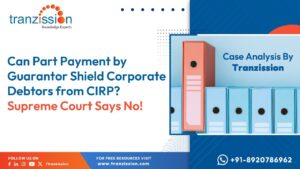
Guarantor’s Payment Can’t Protect Debtors from CIRP
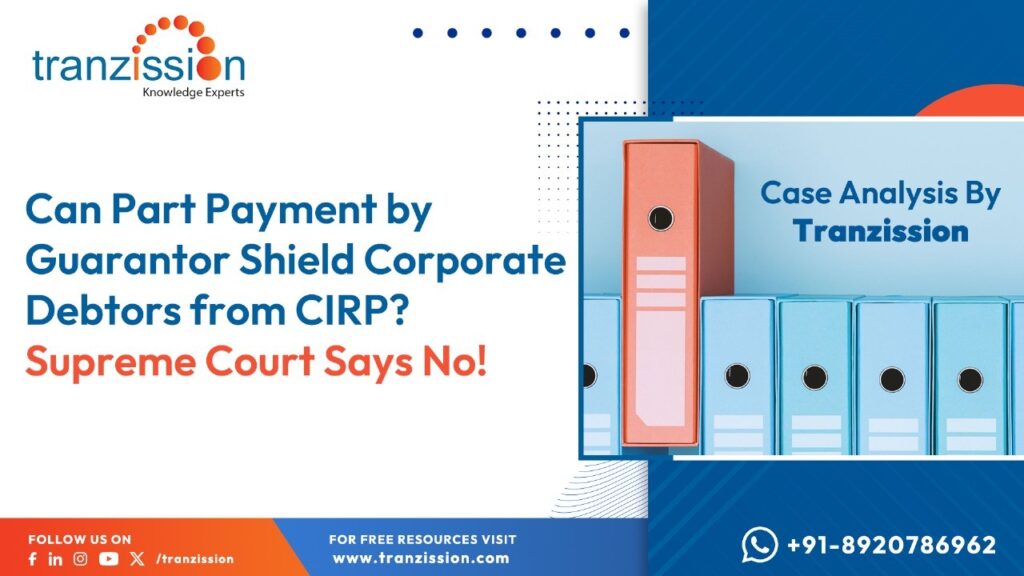
Table of Contents
The Supreme Court of India recently delivered a landmark judgment in the case of BRS Ventures Investments Ltd. v. SREI Infrastructure Finance Ltd. & Anr, making it clear that a guarantor’s payment can’t Protect Debtors from CIRP. This ruling sets a precedent that part payments by guarantors do not absolve debtors of their full debt liability. It also has significant implications for insolvency proceedings under the Insolvency and Bankruptcy Code (IBC), clarifying the scope of subrogation rights and the maintainability of multiple insolvency applications.
Case Background
The dispute arose from a loan of Rs. 100 crores extended by SREI Infrastructure Finance Limited to Gujarat Hydrocarbon and Power SEZ Limited (the corporate debtor) for setting up a Special Economic Zone (SEZ). The loan was secured by a corporate guarantee from Assam Company India Limited (ACIL), the corporate debtor’s holding company. Following the corporate debtor’s default, the financial creditor invoked the corporate guarantee and initiated insolvency proceedings against ACI.
Read more : Liquidator: Powers and Functions under IBC
A resolution plan was subsequently approved, including a payment of Rs. 38.87 crores to the financial creditor. However, the financial creditor filed another application under Section 7 of the IBC against the corporate debtor for the remaining debt. This prompted BRS Ventures Investments Ltd., the successful resolution applicant for ACIL, to challenge the second application and assert their subrogation rights.
Key Issues and Supreme Court’s Analysis
1. Applicability of Limitation Act to Section 7 Application
The court discovered that the application under Section 7 was not barred by limitation, as previously determined by the NCLAT.
2. Maintainability of Second Section 7 Application
The Supreme Court upheld that a second application under Section 7 of the IBC is permissible against the corporate debtor for the same debt and default, even after the completion of the CIRP for the corporate guarantor. Unless explicitly extinguished in the guarantor’s resolution plan, the liability of the corporate debtor remains.
3. Effect of Resolution Plan on Subrogation Rights
The court explained that subrogation rights under Section 140 of the Contract Act are confined to the amount paid by the guarantor. In this case, the appellant’s subrogation right was limited to Rs. 38.87 crores, and it did not exonerate the corporate debtor from the rest of the debt.
4. Simultaneous Proceedings Against the Principal Borrower and Guarantor
The IBC allows separate or simultaneous insolvency proceedings against both the corporate debtor and the guarantor. The court emphasized that the liability of the guarantor and the principal debtor is co-extensive. This allowed the financial creditor to proceed against either or both.
5. Inclusion of Subsidiary’s Assets in CIRP of Holding Company
The court held that a holding company and its subsidiary are separate legal entities. The subsidiary’s assets cannot be included in the holding company’s resolution plan. This reinforces the principle of separate legal identity.
6. Effect of Corporate Guarantee and Payment on Liability
The payment of Rs. 38.87 crores to the financial creditor under the resolution plan did not extinguish the liability of the corporate debtor. The financial creditor retains the right to recover the remaining debt.
Read more : Duties of an Insolvency Professional
7. Impact of Resolution Plan Approval on Financial Creditor’s Rights
Approval of the resolution plan and the payments under it do not extinguish the financial creditor’s rights to recover the remaining debt from the corporate debtor. The creditor’s rights are preserved.
Conclusion
This judgment is a crucial clarification in insolvency law, particularly regarding the rights of financial creditors and the liabilities of guarantors. By reinforcing the distinct legal identities of holding companies and their subsidiaries and limiting the extent of subrogation rights, the Supreme Court has set important guidelines for future insolvency proceedings under the IBC.
The decision emphasizes that part payments by guarantors cannot shield corporate debtors from their full debt obligations, ensuring creditors can pursue the total amount owed. This landmark ruling will undoubtedly shape the landscape of insolvency and bankruptcy in India, providing greater clarity and protection for financial creditors.

